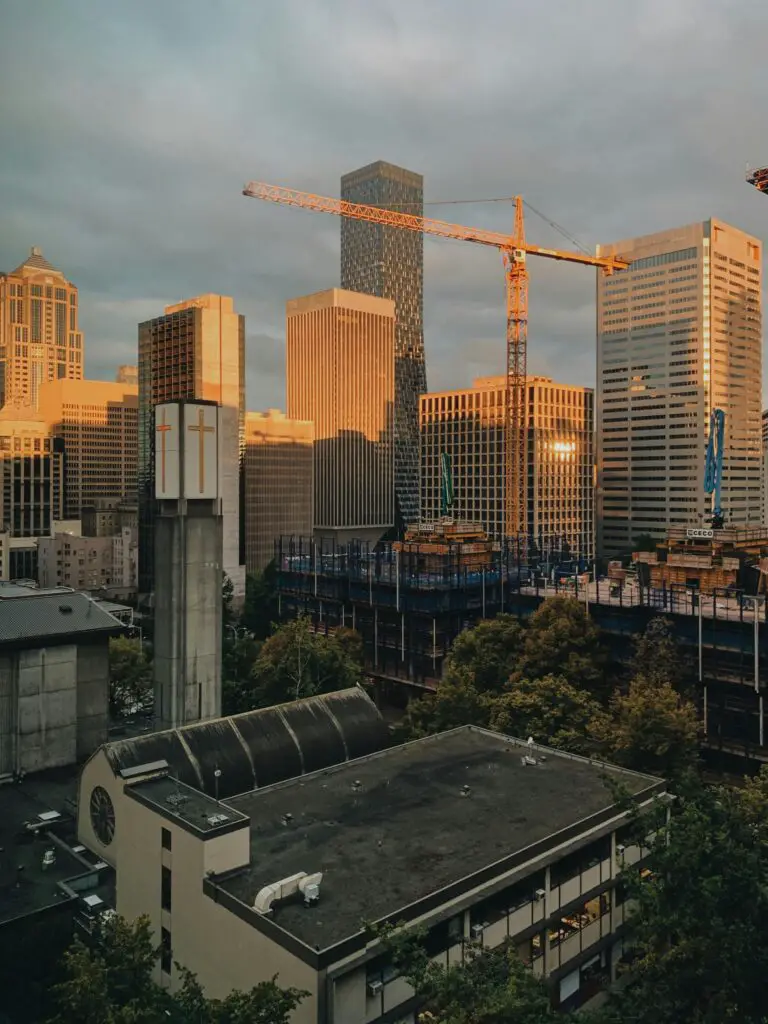
Navigating the Aftermath: Guaranteed End of the Construction Boom in the Philippines
In recent years, the Philippines experienced a remarkable construction boom that reshaped its urban landscapes and drove economic growth. Skyscrapers pierced the sky, highways sprawled across cities, and infrastructure projects promised a brighter future.
However, as with any boom, there comes a point of saturation, and signs of the construction frenzy reaching its end are becoming increasingly evident.
This article delves into the factors contributing to the culmination of the construction boom in the Philippines and explores the implications for various stakeholders.
Understanding the Construction Boom:
The Philippines witnessed an unprecedented surge in construction activity fueled by a confluence of factors including robust economic growth, government infrastructure projects, and a burgeoning real estate sector.
Mega projects such as bridges, highways, airports, and residential complexes became emblematic of the construction boom, attracting significant investments from both domestic and foreign sources.
The boom created employment opportunities, stimulated allied industries, and propelled the country’s GDP growth, positioning the Philippines as one of the fastest-growing economies in the region.
Signs of Saturation:
Despite the initial euphoria, cracks in the construction boom started to emerge. Oversupply became a pervasive issue, particularly in the residential sector, leading to declining property prices and diminishing returns on investments.
Overreliance on debt financing exacerbated vulnerabilities, as concerns over debt sustainability mounted amidst rising interest rates and inflationary pressures. Regulatory challenges, bureaucratic red tape, and uncertainties surrounding government policies further dampened investor confidence, deterring new projects and exacerbating the slowdown.
Economic Ramifications:
The waning construction boom reverberates throughout the economy, affecting various sectors and stakeholders.
Real estate developers grapple with unsold inventories and shrinking profit margins, prompting a shift towards asset consolidation and debt restructuring.
Construction firms face dwindling contracts and fierce competition, compelling them to streamline operations, cut costs, or diversify into alternative markets to stay afloat.
Employment prospects in the construction sector diminish, potentially leading to layoffs and wage stagnation, exacerbating socio-economic disparities and dampening consumer spending.
Government Response and Policy Implications:
Recognizing the need to recalibrate the construction-centric growth model, the Philippine government endeavors to pivot towards sustainable and inclusive development strategies.
Initiatives such as the “Build, Build, Build” program undergo reassessment, prioritizing projects with high developmental impact, fiscal prudence, and environmental sustainability. Regulatory reforms aimed at improving ease of doing business, streamlining permit processes, and enhancing transparency seek to restore investor confidence and stimulate private sector participation in infrastructure development.
Opportunities Amidst Challenges:
While the end of the construction boom poses challenges, it also presents opportunities for innovation, adaptation, and diversification.
Embracing digitalization, green technologies, and sustainable practices can foster resilience and competitiveness within the construction industry, paving the way for a more resilient and environmentally conscious built environment.
Repurposing existing infrastructure, revitalizing neglected urban spaces, and investing in social infrastructure such as healthcare and education offer avenues for inclusive and people-centric development.
Conclusion:
The denouement of the construction boom in the Philippines marks a pivotal juncture, necessitating a strategic reassessment of growth paradigms and development trajectories.
While challenges loom large, proactive measures, prudent policies, and collaborative efforts among stakeholders can mitigate risks and harness opportunities for a more resilient, equitable, and sustainable future.
Ultimately, the end of one era heralds the dawn of another, wherein resilience, adaptability, and innovation will be paramount in navigating the complexities of a rapidly evolving economic landscape.
To see other material construction, please see here.
To know other construction guides, tips, and methodology for beginners, veterans, and contractors, please see here.
